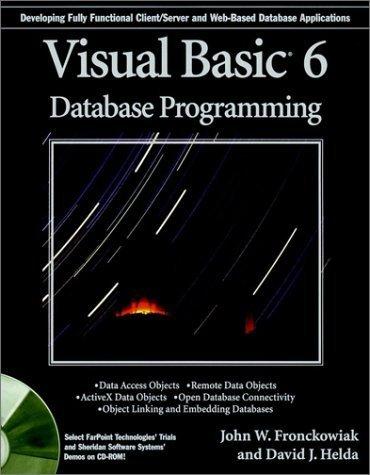Question
Some of these factors have more of an impact on the download time than others. For example, the transfer time from the server hard disk
Some of these factors have more of an impact on the download time than others. For example, the transfer time from the server hard disk is not really an issue, because data is read from hard disks very fast, tens or hundreds of megabytes per second. Unless the server is very busy sending out files to hundreds of users the disk transfer time is not an issue.
The size and number of packets are determined by two things: the protocol used to transfer the file and the size of the file. A reliable transport protocol must be used. This is handled by TCP (Transmission Control Protocol). TCP will encapsulate a higher level protocol (FTP or HTTP) to carry the file data and requires acknowledgement packets from the receiving device that indicate the transmitted packets were received properly. The following figure shows this sequence.
The figure shows an image file being transferred using HTTP on top of TCP. Even though the packet length is 1434 bytes, only 1380 bytes are available for file data due to the TCP and HTTP packet headers and other fields within the packet. Notice that two file packets are sent before a 54-byte ACK packet is returned. We will utilize this format in our calculations.
The number of packets that must be transmitted from the server depends on the size of the image file being downloaded. For example, a 250 KB image file will require 186 packets of data, as shown in this calculation. Note that 1KB is 210 bytes which is 1024 bytes

Knowing how many packets must be transmitted we now turn our attention to how long it takes a packet to be transmitted from the server and received at the user device. The packet transmission time depends on the data rate of the network card in the server as well as the data rate across the Internet as the packets move between routers and is received and retransmitted by each router. Not knowing how many routers there might be we just use an estimate. So, lets assume the average data rate is 1 Mbps. Then a single packet of 1434 bytes requires 11.47 milliseconds:

Remember that a byte contains 8 bits of data. In addition, remember that the user device must send a 54 byte ACK packet back. The time to transmit the ACK packet is:

When each bit of data is transmitted, it must travel the entire one-way distance from the server to the user device. This is the propagation delay and depends on the communication medium and distance. Digital data bits do not travel at the speed of light in copper wire or even within fiber optic cable. In fact, they travel slower, at around 70% the speed of light. Imagine the distance is 10 miles. The one way trip time for a bit of data will then be

Now we have all the pieces of the puzzle. The process involves transmitting two data packets from the server, waiting for them to reach the user device, transmit the ACK packet from the user device and wait for it to reach the server. So we see that the distance between the server and user device becomes a round-trip distance. Lets call this entire process an exchange. Two packets of data and one ACK packet have been exchanged between the server and user device. The time for a single exchange is:

Which simplifies to:

Using the numbers weve calculated here, we have:

Now, recall we used the file size and 1380 bytes of data per packet to calculate N the number of packets needed (186). Since we transmit two data packets in each exchange, the number of exchanges is N/2, or 93. Thus, the total transfer time will be:

QUESTION
1. An image file contains 34,500,000 bytes. The average data transfer rate is 800,000 bits/second between the file server and the Remote Imaging Viewer. The distance between the file server and the computer running the Remote Imaging Viewer is 25 miles. Use the calculations shown in the Module 6 lab to determine how long it will take to download the image.
250 1024 185.5 1380
Step by Step Solution
There are 3 Steps involved in it
Step: 1

Get Instant Access to Expert-Tailored Solutions
See step-by-step solutions with expert insights and AI powered tools for academic success
Step: 2

Step: 3

Ace Your Homework with AI
Get the answers you need in no time with our AI-driven, step-by-step assistance
Get Started


